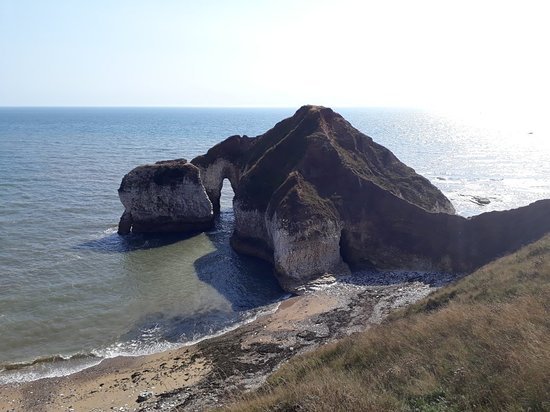Ancient Yorkshire
An open exhibition of print at Eastgate Studio
To take place during the National Trust Heritage Open Days Friday 8th September to Sunday 17th September 2023
The exhibition will then continue at Eastgate Studio until Saturday 21st October 2023
What comes to mind when you think of “Ancient Yorkshire”?
Our stunning town of Beverley grew up around the minster church. The minster’s origins lie in the monastery founded around 700 AD by Saint John of Beverley. As well as the minster there are a number of other historic features in Beverley including Beverley Westwood’s first recorded in the twelfth century.
Beverley Westwood Image by Susan Leeson
Then of course there’s the city of Hull, developed from a settlement called “Wyke”, a creek where the River Hull enters the River Humber. The word Wyke originated from the Scandinavian word “vik” meaning a creek. Apart from Hull’s many historic buildings and streets, Hull’s museums quarter also offers an insight into East Yorkshires local history.
The confluence of the River Hull and the Humber estuary image by Susan Leeson
There are many historic villages and towns within East Yorkshire. Maybe consider Skidby Mill and its original surrounding outbuildings.
Yorkshire Wolds image by Susan Leeson
Yorkshire Wolds acid etched plate by Susan Leeson
Or the deserted medieval village of Warren Percy, continuously occupied for six centuries before it was abandoned soon after 1500.
Warren Percy image BBC News
The remains of Skipsea Castle, a great mound, 85 metres in diameter and 13 metres high. The mound has been identified as an Iron Age earthwork.
Whilst Rudston Monolith, the tallest standing stone in Britain is a slender pillar set in the ground of Rudston’s parish church… well worth considering!
Rudston Monolith image by Rudston.org
There’s Danes Dyke, the Iron Age bank and ditch earthwork 'wall' intended as a defensive structure to protect headland settlements.
Danes Dyke Map Image by danesdyke.com
East Yorkshire’s amazing East Coast has a vast history to plunge for your source material. For example, Flamborough was the home of the Vikings from AD 800 . The Vikings captured York in 866 and founded the Kingdom of Yorkshire.
“The Drinking Dinosaur” Flamborough Head
Close to Flamborough is pre-Roman Bridlington, recorded as Burtlingetune in the Domesday Book of 1086 and an important port during the Middle Ages. The coastal area offers rich pickings for your project as does the old town, home of the Bayle Museum. The museum is set within the 12th century stonework of the Bayle Gate which once served as a gatehouse to a Norman castle, and later to the 14th century Bridlington Priory.
Bridlington Beach image by Susan Leeson
The stately homes of East Yorkshire offer so much for the project. Midway between Driffield and Bridlington is Burton Agnes Hall the Elizabethan stately home, whilst Burton Constable Hall is around 20 miles South and nearer to the City of Hull. The Hall is a Grade I listed building set in a 300 acre park designed by Capability Brown.
Burton Constable Hall Dam-Cum-Bridge linocut print by Susan Leeson
We’ll be hanging the exhibition on Wednesday 6th September 2023 so plenty of time to create your plate and pull your prints.
Looking forward to seeing your response to the theme!
Susan










